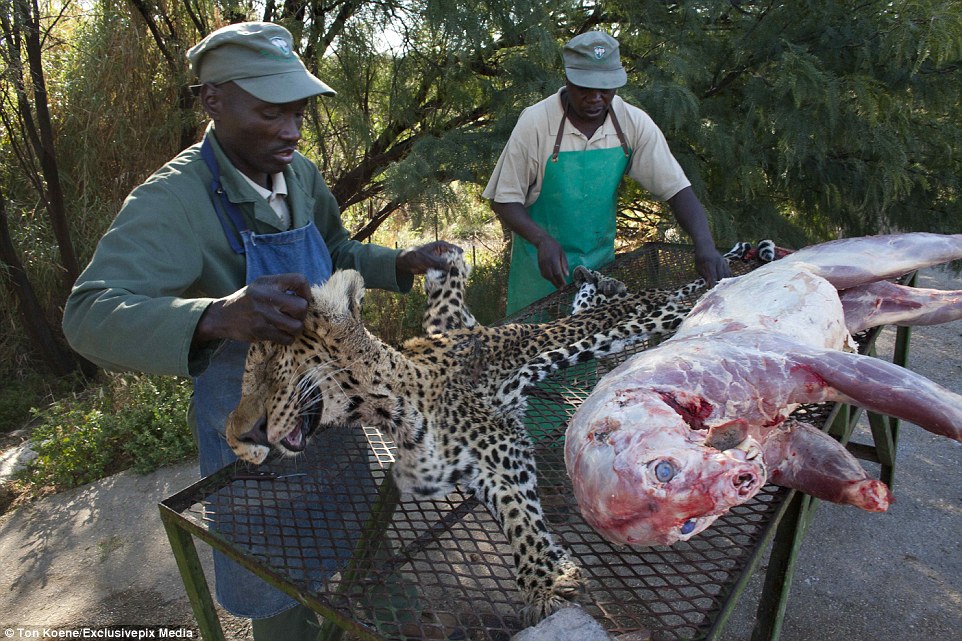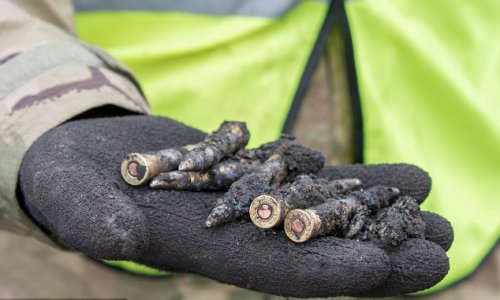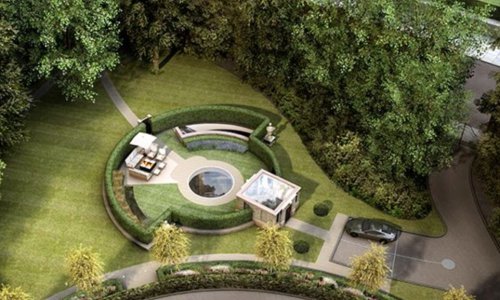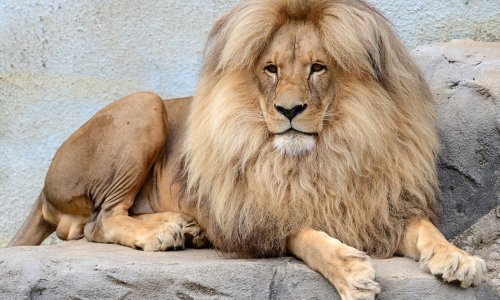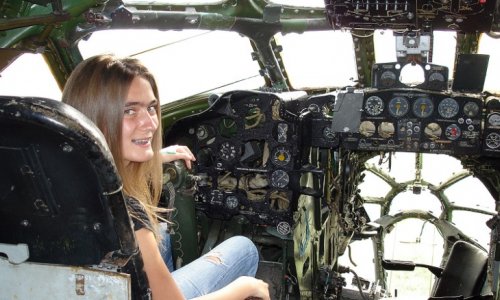If it's a giraffe you want - €8,500 (£6,000). A leopard €1,800 (£1,300). A rhino €14,000 (£10,000). Or an alligator? €328 or £231, per metre.
This is the ghoulish price list displayed at the door of Louw Mel's workshop, a Namibian taxidermist that specialises in stuffing the trophies killed by big game hunters. The 35 most popular species are listed.
Working just outside the capital Windhoek, he and his 45 support staff will stuff your elephant for around €38,000 (£27,000) and is the type of organisation that is the likely destination for Cecil the lion, who was killed in Zimbabwe.
Taxidermy is legal in Namibia and very popular among hunters.
Hunters in search of a memento like Dr Walter Palmer, whose slaughter of Cecil the lion in Zimbabwe - after which the big cat's head was removed as a trophy - has provoked such outrage across the world.
In Louw's workshop hundreds of stuffed animals wait to be shipped to the hunters who have shot them. The hunters are mostly white foreigners. Every week dozens of them, mainly wealthy Germans and Americans dressed in khaki safari outfits, visit one of the many private nature reserves owned by white farmers for big game hunting.
An average private property is as large as 5,000 hectares, where many wild animals live. A hunter must obtain permission, costing €10, from the Namibian Nature conservation and there is an official quota for the number of animals per species that can be killed.
'But in practice, things are not so strict' according to a Namibian hunting guide who wishes to remain anonymous. 'If you have enough money and you pay the owner of the private nature park, you can usually shoot what you want.
'So apart from the costs of stuffing the animal, the hunter must also pay the landowner for allowing to shoot wildlife. For permission to kill an elephant, it costs around €20,000 (£14,000), for a leopard €7,000 (£5,000), a lion €15,000 (£10,600) and an antelope €1,500 (£1,100).
'So, in order to get that self-shot elephant in your living room in Berlin, it will cost you around €60,000 (£43,000) - €38,000 for stuffing, €20,000 for shooting and €2,000 for transport to Germany.'
Louw stuffs around 6,000 animals each year in his workshop and, according to him, business is going extremely well.
The first step Louw and his workers have to take in the taxidermy process is take the animal outside and peel the skin off. The skin is tanned and the meat is divided among the local workers who regard the meat of all wild animals as a delicacy; all apart from snakes, which are not eaten in Namibia.
Each species has its own mold in three sizes: small, medium and large. The mold is filled with liquid foam. Once the foam has dried up and is hard, the mold is removed.
Usually, the foam will be adjusted with a knife and filed until the animal skin exactly fits the shape of the foam. Then the skin is hand sewn around it. Each species has its own fake glass eyes which Louw purchases from specialized suppliers in Europe.
In his office are hundreds of boxes with different types of eyes. As a final step, damage and imperfections are painted with a small brush in Louw's paint workshop. Then the animal is ready to be shipped.
(dailymail.co.uk)

















www.ann.az
Follow us !

